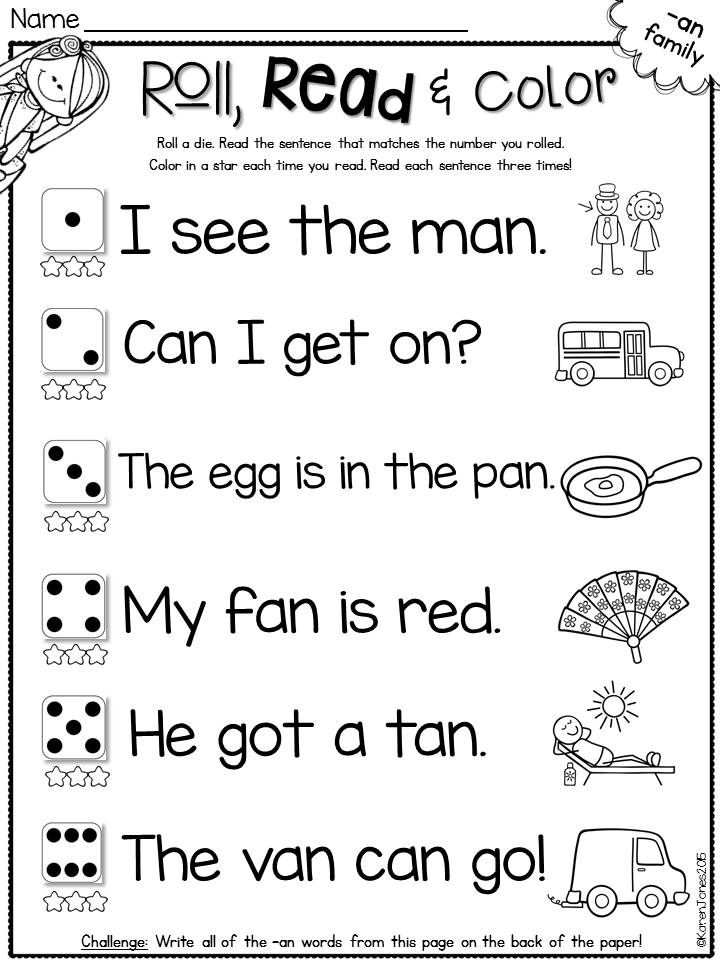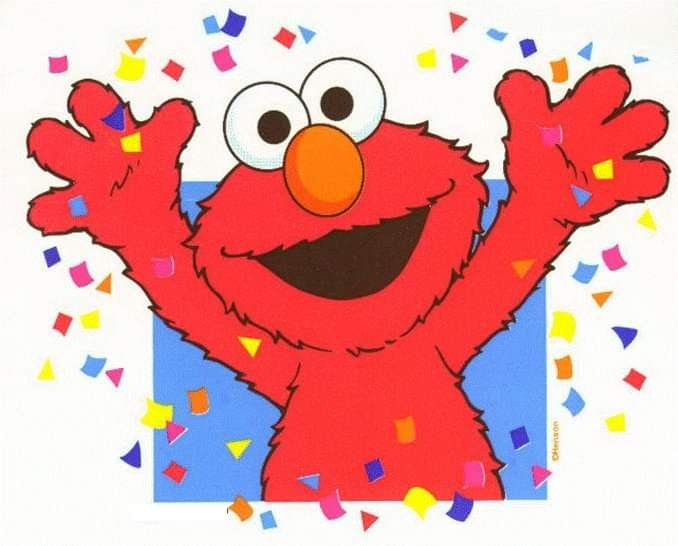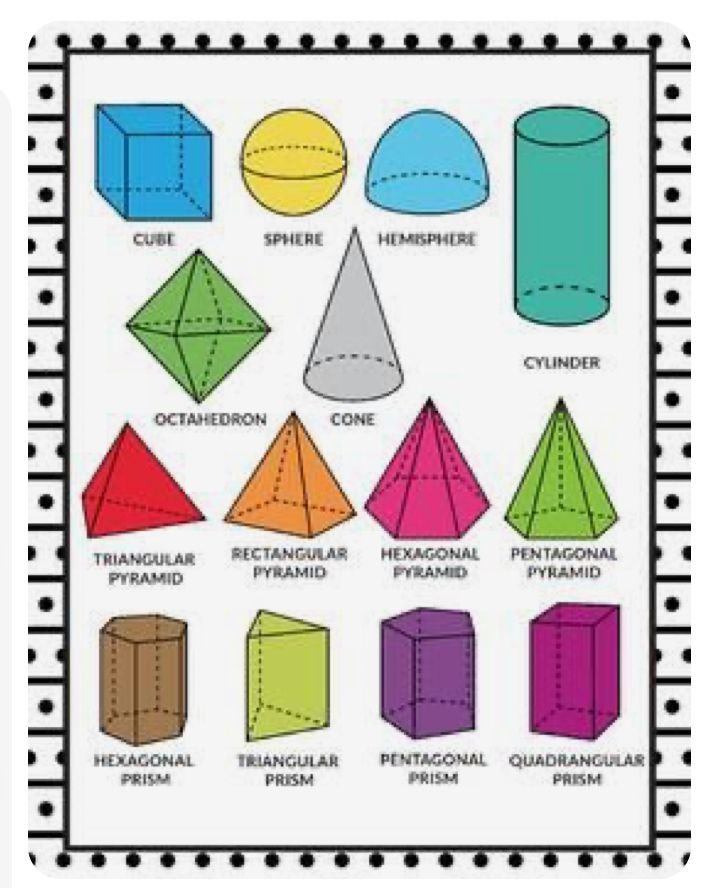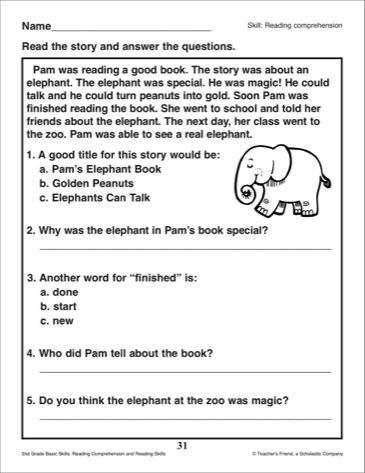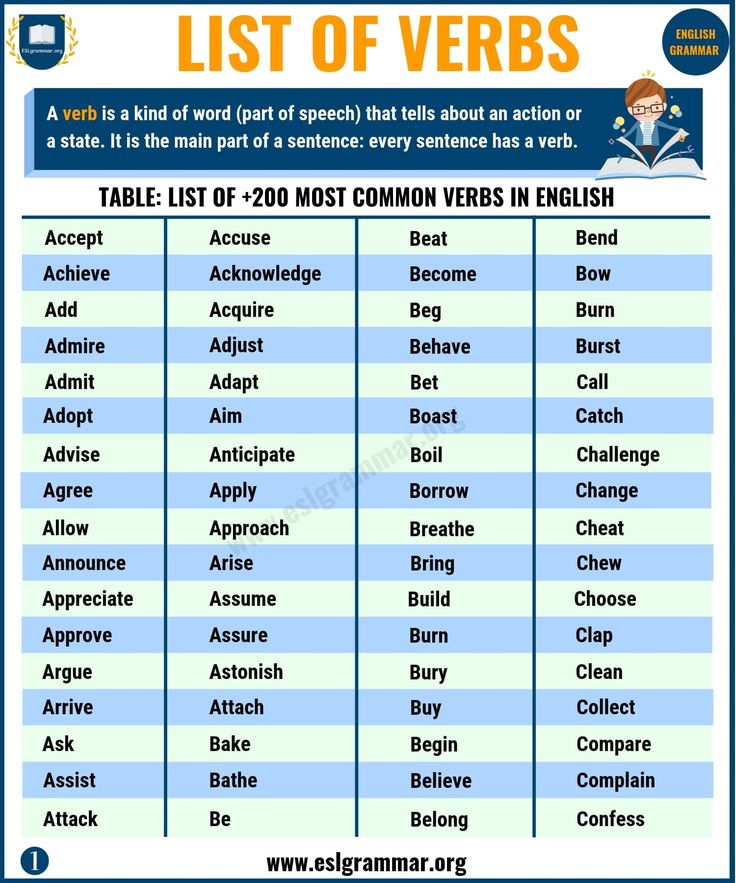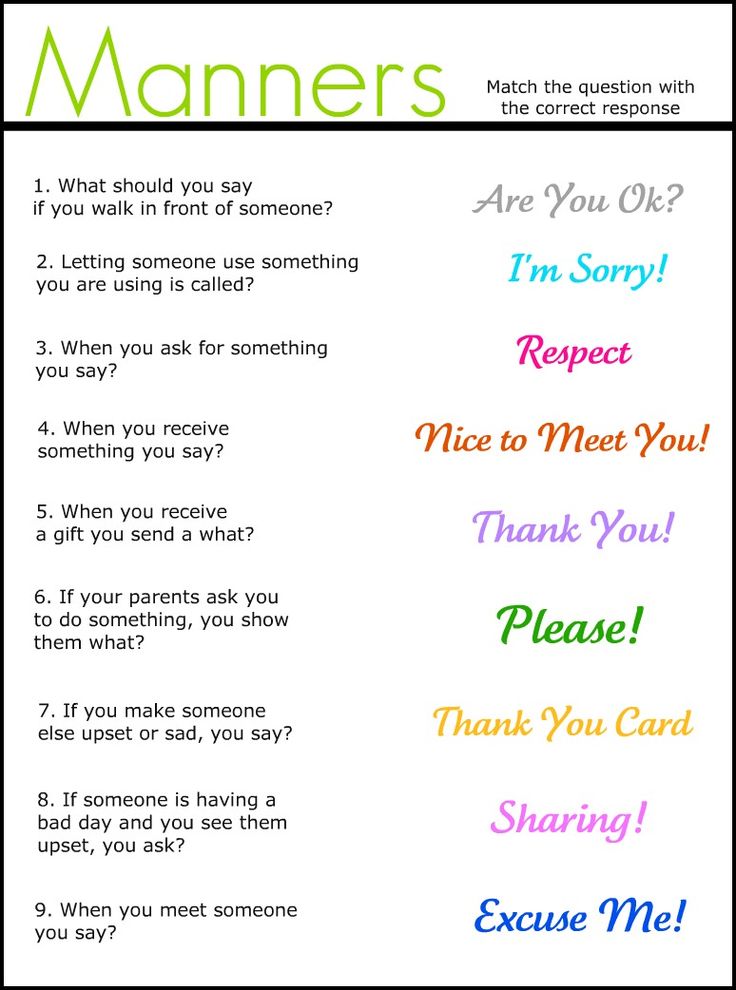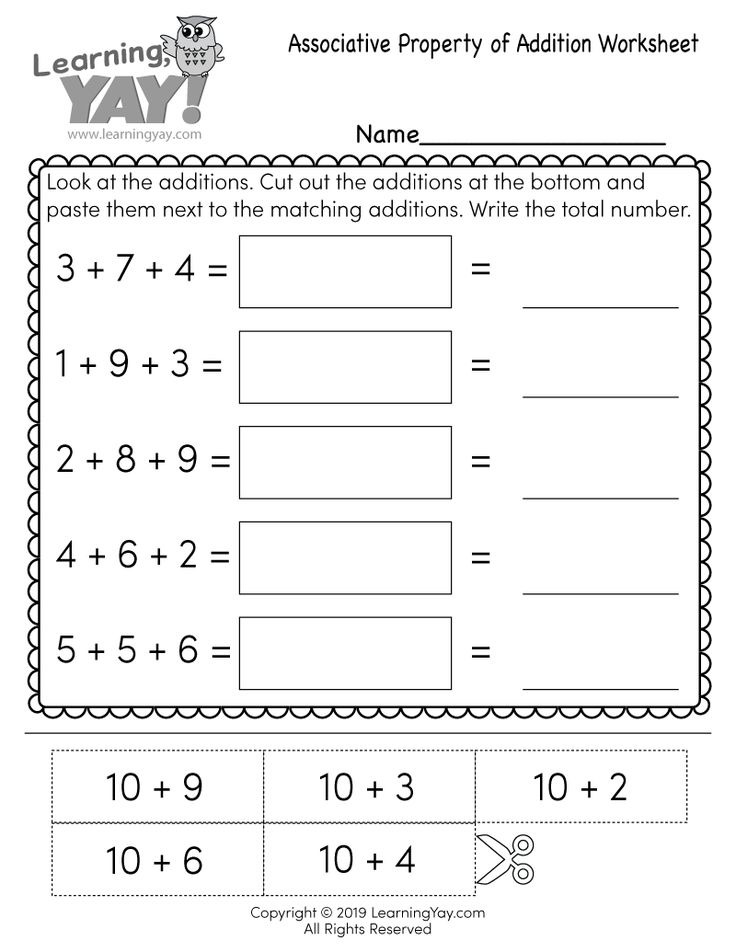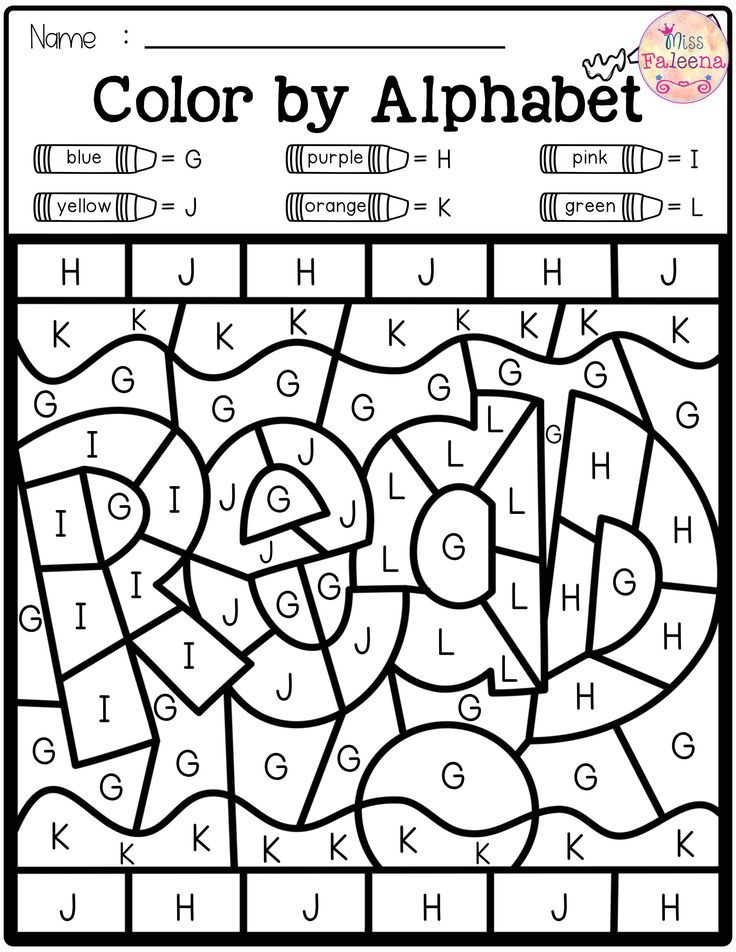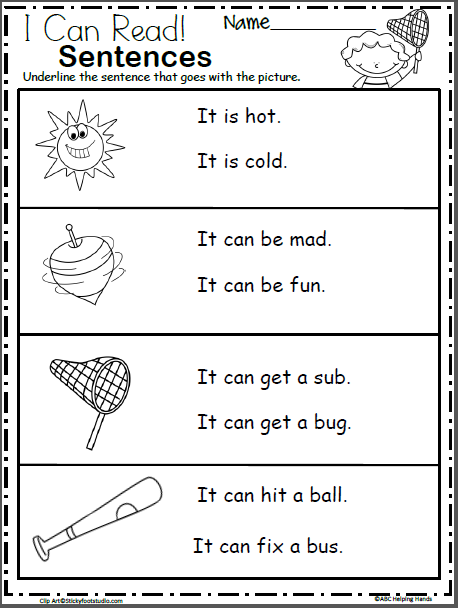Finding reading level of books
How To Determine Reading Level Of A Book
Learning how to determine reading level of a book helps you find appropriate books for your child and challenge their abilities.
When choosing children’s books, the reading level of the book can be pretty important. You want to challenge children to read a bit higher than they think they can while not discouraging them with books that are too difficult.
Whether you have beginning readers or advanced readers in your life, learning how to determine the reading level of a book is a valuable tool. Thankfully, parents and educators have a number of tools available to help them.
This guide will discuss what reading levels are, how to find them and how you can ensure that the books you offer are suitable for the children in your life.
Contents
- Tips on How To Determine Reading Level Of A Book
- What is Reading Level?
- Why Reading Level is Important
- Reading Level and Interest Level
- Common Measures for Reading Levels
- Tools to Find the Reading Level of a Book
- A Final Word on How to Determine Reading Level of a Book
- FAQs About how to Determine Reading Level of a Book
- Author
Tips on How To Determine Reading Level Of A Book
So how can you determine the reading level of a book? Before delving into the tools available to help you find a book that your child can read, first, you must understand what reading level is.
What is Reading Level?
The reading level of a book determines how well a child can read it independently. Unfortunately, reading level is often confused with grade level, so a book with a fourth-grade reading level is designed with vocabulary and syntax that the average fourth grader can understand.
However, it is not always as simple as picking a book that is leveled at your child’s grade level. Your child’s teacher can tell you that students fit into a wide range of levels, even within the same classroom.
As your child’s reading skills develop, you’re going to need to find reading materials that match. Knowing how to read reading levels will help.
Why Reading Level is Important
Children who are learning to read need to have a text they can read successfully. If text is too easy, the child gets bored. If the text is too hard, the child gets frustrated.
This balance is where the reading level helps. Finding a book that matches your child’s abilities and interests will encourage successful reading, and reading level is key to that.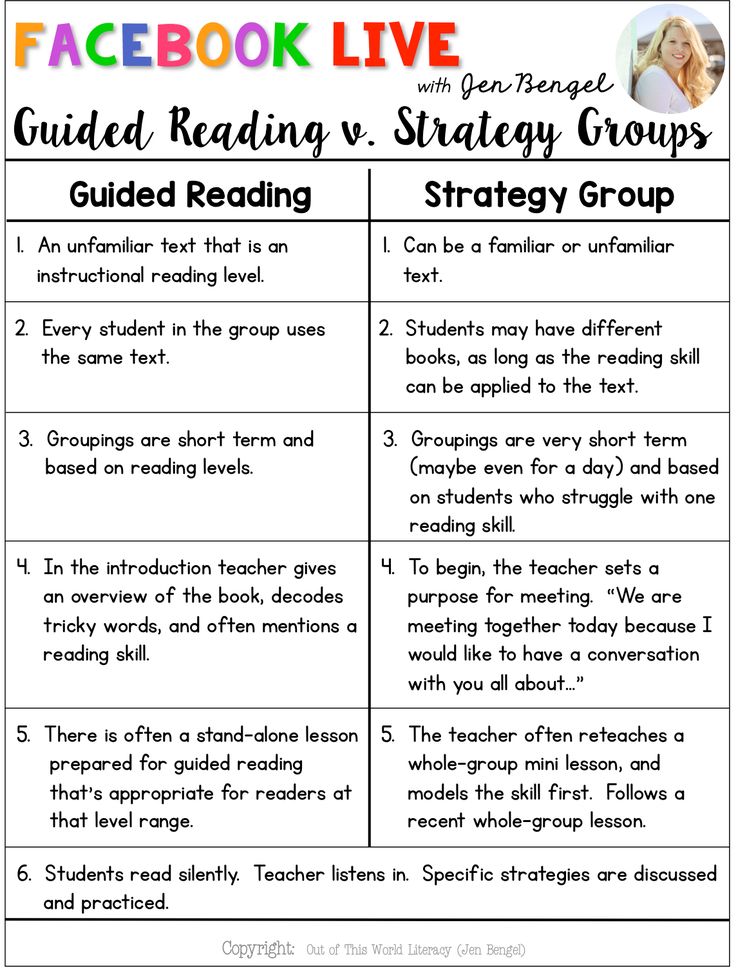
Reading Level and Interest Level
Adding interest level to your decision-making will help guide you to the books they will be most interested in readingAnother benchmark you can check into is interest level. This metric shows how interesting a particular book is likely to be to your child based on their age or grade level.
If a child is particularly behind or advanced in reading level, finding books they want to read but match their reading level becomes more challenging. Adding interest level to your decision-making will help guide you to the books they will be most interested in reading.
Common Measures for Reading Levels
Many tools measure reading levels. As you learn how to determine the reading level of a book, you will find that these tools make the job a lot easier, so you can find a book that fits the child’s reading level. Here are some popular reading systems to consider.
1. Fountas-Pinnell Guided Reading Level
Fountas and Pinnell created the Guided Reading Level. This leveled reading system assigns a level to individual books. Factors that impact that level include repetition of words, the complexity of sentences, and sentence length.
This leveled reading system assigns a level to individual books. Factors that impact that level include repetition of words, the complexity of sentences, and sentence length.
This program uses specialized reading lists with books that already have a grade level measure.
2. Grade Level Equivalent
The Grade Level Equivalent leveled reading system assigns an actual grade level to the book based on what students typically can read at a particular stage of their education. This metric is labeled with a decimal point, where the first number is the grade level, and the number after the decimal point indicates the number of months into the school year the student would be. So, a score of 2.1 means second grade one month into the school year.
For parents that are new to reading levels, this can be a helpful metric as it shows a level they can easily relate to their student’s age and grade. However, parents need to realize that students develop their reading abilities at different speeds, so any particular child may read at, above, or below the published reading level.
3. Developmental Reading Assessment
The Developmental Reading Assessment, or DRA, assesses a child’s reading ability through a reading test. It then gives the student a score based on that test. Factors it checks include:
- Phonemic awareness
- Alphabetic principles/phonics
- Fluency
- Vocabulary
- Comprehension
- Reading engagement
Books are given corresponding scores based on text complexity and vocabulary. Thus, teachers and parents can easily connect students to books that fit their abilities after taking the test by lining up the test scores with the scores of the book.
4. Lexile Framework for Reading
The Lexile Framework is a National Institute of Child Health and Human Development metric. It uses Scholastic Inventory Test scores to evaluate text and determine what reading level it is.
To use the Lexile Framework, students must take a standard test or the Scholastic Reading Inventory (SRI). This then matches them with a reading level that matches their ability.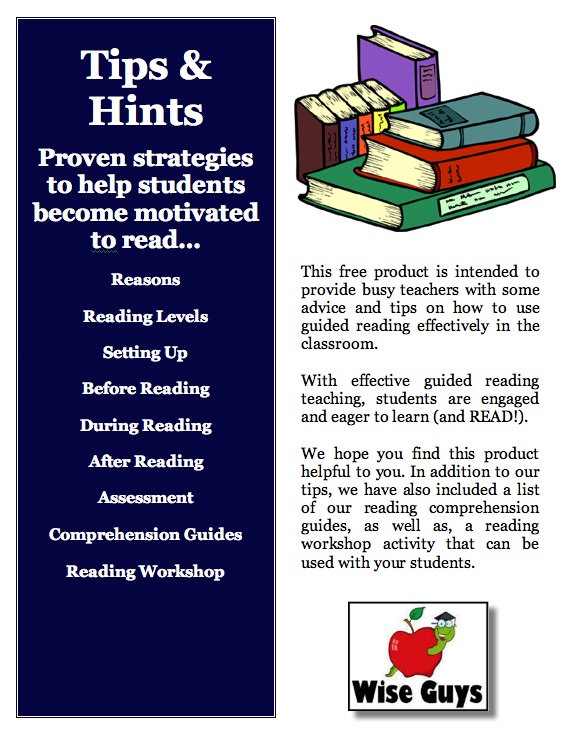
You can look up the Lexile level of a book online on the Lexile website.
5. Accelerated Reader Book Levels
Accelerated Reader is a complex readability formula that rates text complexity. It uses grade level ratings to indicate what year and month a student could read a book independently.
Accelerated Reader is different from straight grade level equivalents because it uses interest level as well. This indicates if the content of a book is age-appropriate for the particular grade level.
Tools to Find the Reading Level of a Book
Understanding the different reading tests and reading level measures is important, but it does not help you learn how to determine the reading level of a book when your child wants to read something. Thankfully, you have several tools at your disposal to help.
1. Scholastic’s Book Wizard
Scholastic offers a book wizard tool that has over 65,000 children’s books in the database. You can search using the title and author to find an individual book’s reading level.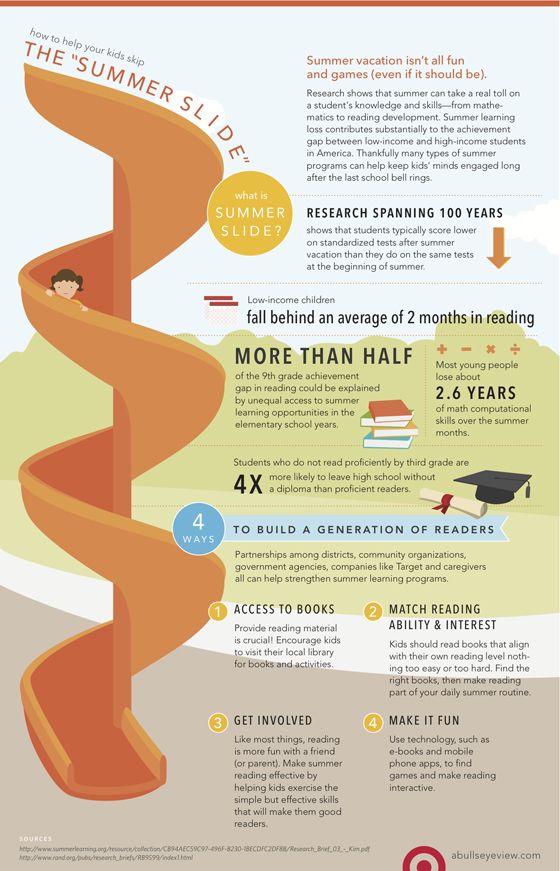 If you are looking for recommendations for your child, you can search by reading level, subject, grade level, or genre and get a list of suggestions.
If you are looking for recommendations for your child, you can search by reading level, subject, grade level, or genre and get a list of suggestions.
2. Renaissance ATOS Analyzer
If you can’t find your book or text in another tool, you can copy a portion of the text into the ATOS Analyzer to see how it rates. This tool uses a readability formula to tell you how easy something is to read. It also merges with the Lexile measure, so you can search for individual books if they are in the database.
3. Lexile Look Up
Lexile’s online tool lets you search for a book by its ISBN. Just enter the number on the Quick Book Search to see if it is in the database. The website also allows you to look at a list of books based on your child’s reading level.
4. Accelerated Reader Search Tool
The AR search tool lets you search for a particular book’s readability, Lexile level, and interest level. It reports a grade level based on whether or not a child will be challenged in the reading but not frustrated.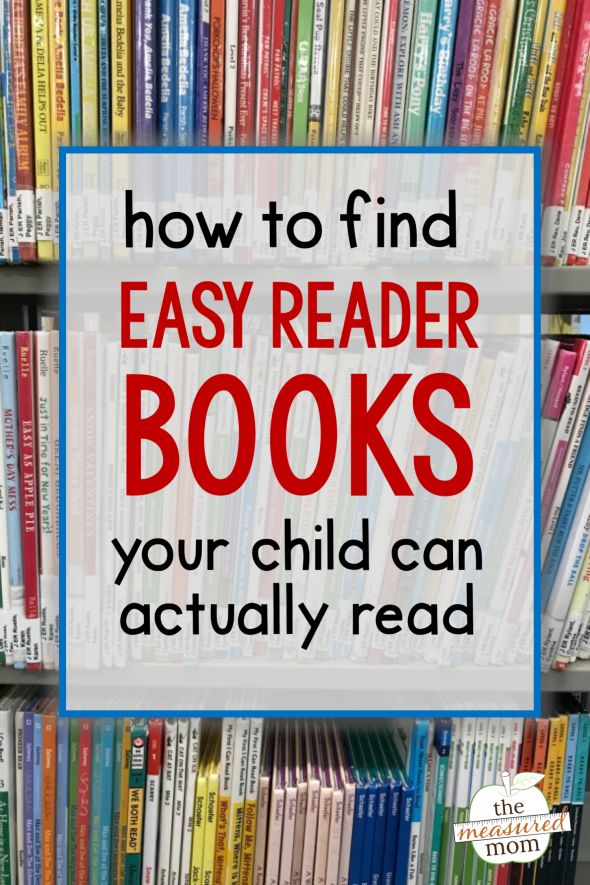
5. Correlation Chart
The Correlation Chart is part of the State of Washington public library system. It lets you find the reading level of a book, then use the tool to compare that to the reading level in another measurement. If you are looking for a specific measure but know another one, this tool can help you compare.
A Final Word on How to Determine Reading Level of a Book
Reading levels help you choose books for your child that fit their interests and abilities. You can avoid frustration and boredom by selecting appropriate books. Using reading levels also encourages more independent reading, especially with young readers.
Parents can sometimes struggle with finding reading levels for different books, but using a book’s ISBN, you can search in several tools that have book lists based on reading level. Using these tools and asking your child’s teacher what their current reading level is will allow you to choose the right reading material for your child.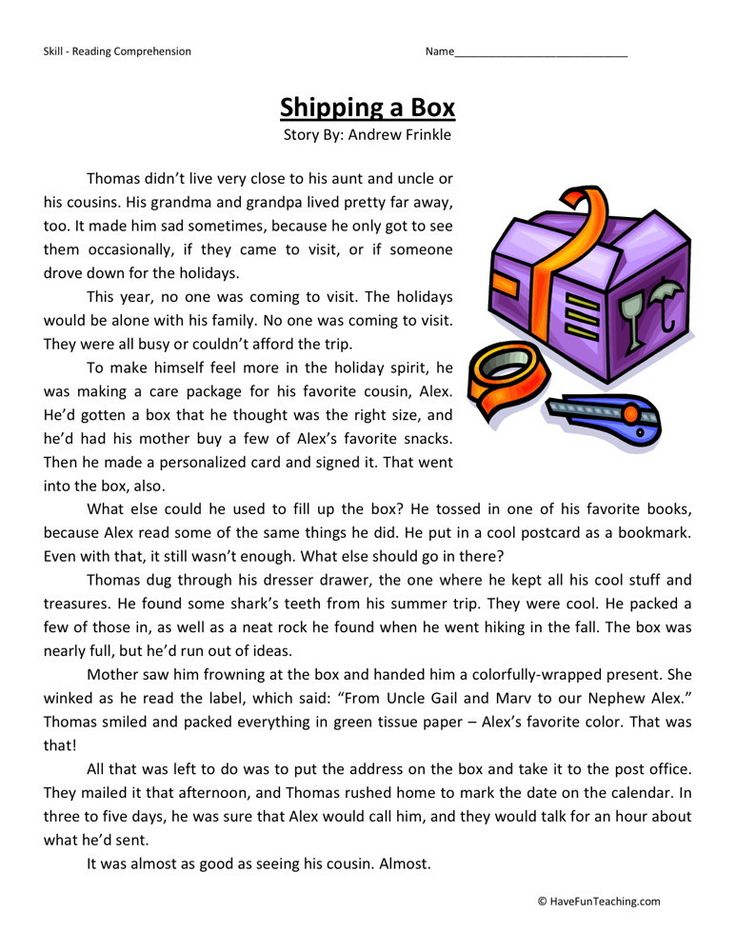
FAQs About how to Determine Reading Level of a Book
How to find the reading level of a book?
Using different tools, such as the Scholastic Book Wizard or the Accelerated Reader Search Tool, you can learn the reading level of many children’s books to help you choose appropriate reading options for your child.
How to determine my child’s Lexile reading level?
If your child is at school, they will be tested each year under their standardized testing program. This testing will give your child a Lexile reader measure. Simply ask your child’s teacher or check their standardized test score report to learn your child’s measure.
Join over 15,000 writers today
Get a FREE book of writing prompts and learn how to make more money from your writing.
Powered by ConvertKitAuthor
How to Determine the Reading Level of a Book
This content contains affiliate links.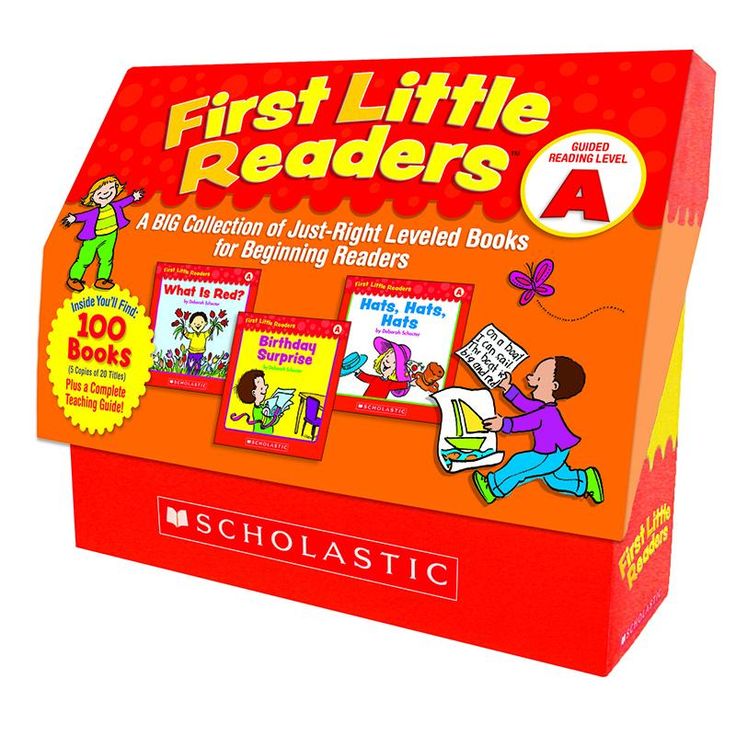 When you buy through these links, we may earn an affiliate commission.
When you buy through these links, we may earn an affiliate commission.
Fountas and Pinnell, Lexile Level, Primer, Pre-primer, Beginning Reader are all terms you may have heard if you have a young reader in your house. Seriously, what does it all mean? Is there actually a way how to determine the reading level of a book? If your child can read The Cat in Hat, which is a level J in Guided Reading, can she independently tackle Diary of a Worm, which has a Lexile Level of 510L or is she ready for Keena Ford and the Second Grade Mix-Up, even though that one has a DRA of 30?
Through this post, I am going to attempt to elucidate and explain reading levels. So scroll through to find the system that your child’s teacher uses or pour yourself a large cup of coffee and sift through all of the various ways educators, librarians, and book publishers level and categorize books for young readers.
Reading Levels Are Like Starbucks Sizes
I admit, I don’t visit Starbucks unless I have a gift card. I am also that person who goes to Starbucks and still tries to order a large iced tea. The barista calmly asks if I would like a venti or a trenta and then explains that I need to choose between Passion Tango, Matcha Green, or Guava White Tea. Then comes the question of sweetened, unsweetened, or added lemonade.
I am also that person who goes to Starbucks and still tries to order a large iced tea. The barista calmly asks if I would like a venti or a trenta and then explains that I need to choose between Passion Tango, Matcha Green, or Guava White Tea. Then comes the question of sweetened, unsweetened, or added lemonade.
For the young reader, finding a book that can be read independently can be as tricky as remembering all of the variables in a Starbucks order. Little readers who are not familiar with reading levels or taught to find a “good fit book” often go for books that are too easy and boring, too difficult and frustrating, or, like my kindergarten son, books that have too many unreadable Star Wars planet names like Kashyyyk. If a child knows her reading level, she can find books that contain sight words she knows, plot lines that are not too advanced, and vocabulary that is manageable.
Explain the Levels, Please
There are many different ways that books are leveled. Here are the three most popular methods for how to determine the reading level of a book.
Developmental
Children become readers by moving through different developmental reading stages. These stages range from the emergent pre-reader to the expert fluent reader. Typically, the emergent pre-reader is between six months and six years of age, while the expert fluent reader is 16 years and older. The developmental categories are broader categories than many of the other leveling systems.
Letter Levels
When I taught first and second grade, I found letter levels to be the most kid friendly way to organize a classroom library. If your child’s school levels books using Fountas and Pinnell, Reading A-Z, Scholastic Books, or Guided Reading Levels, then books will be leveled using a letter system. While it would be nice, these leveling systems do not always correlate. A book that is a Reading A-Z Level P, is not always a Level P using the Guided Reading Levels.
Number Levels
Books can be leveled through such systems as Lexile Numbers, The Direct Reading Assessment (DRA), and Reading Recovery. These systems measure texts by complexity and a reader’s skill level and then assign a number.
These systems measure texts by complexity and a reader’s skill level and then assign a number.
I Have My Child’s Reading Level, Now What?
Throughout the school year, your child’s teacher will probably perform reading inventories or assessments with your child. These will determine your child’s reading level.
If you homeschool or your child’s school does not use leveled reading, then use a simple test called the “five finger test” to roughly determine your child’s reading level. Have your child choose a book and open to the second page. Ask your little one to read the text out loud. If your child struggles with independently reading five or more words on that page, the book is too difficult and is not a good fit. You should also ask some comprehension questions to make sure that your young reader understands what she is reading. When a book passes the five finger test, use one of the links below to determine that book’s reading level.
Once you have the reading level, take a look at these five helpful websites, apps, and charts that will help you and your child find or level the perfect book:
- Book Wizard : Type in the title of a book to retrieve the Guided Reading Level and grade level.
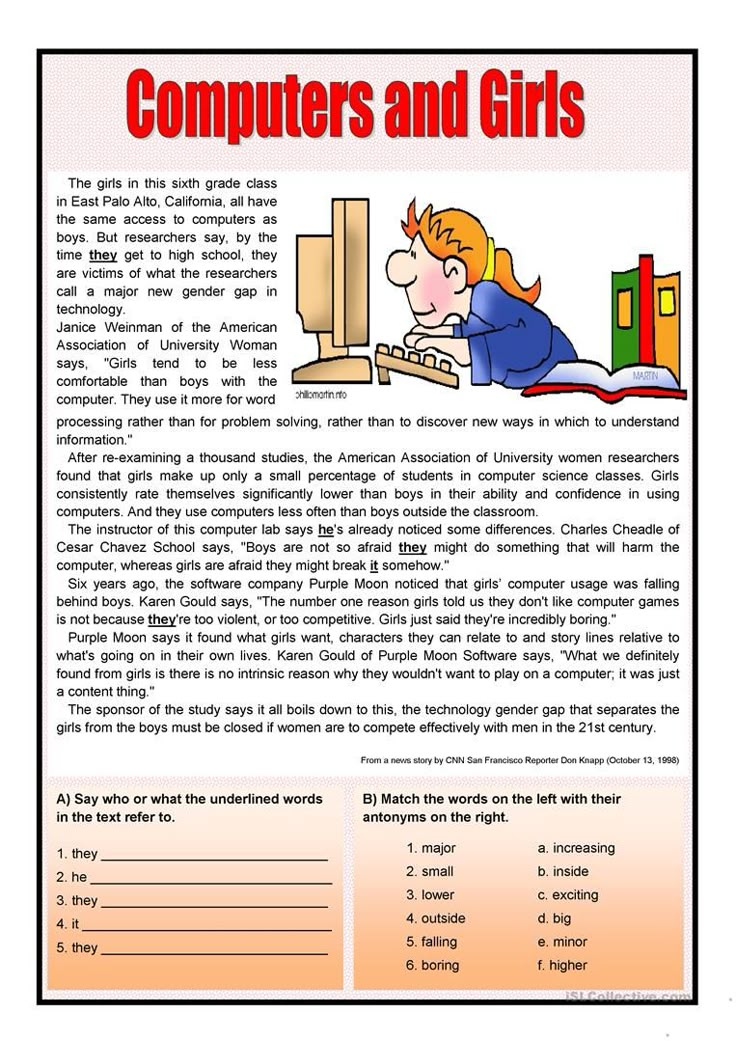
- Lexile Find-a-Book :Visit this site to find the Lexile Number for a specific book or to generate a list of books with a particular Lexile Number.
- Reading A-Z Level Correlation Chart : This is the best conversion chart out there for reading levels.
- Reading Levels Explained : Check out this very clean and user friendly site if you are still feeling overwhelmed by all of the reading level systems.
- Literacy Leveler app : Download this app and then use it to scan a book’s ISBN to see its Lexile, DRA, and GRL.
Levels Should be Helpful, Not Stressful
Reading levels should not feel restrictive. They should be used as helpful tools and not as a draconian system that kills the love of reading. Encourage your child to read books on her level, but don’t be upset if she chooses to reread an old favorite or picks up a nonfiction book that has some advanced vocabulary. Imagine how horrible it would be if adults had to always adhere to a reading level.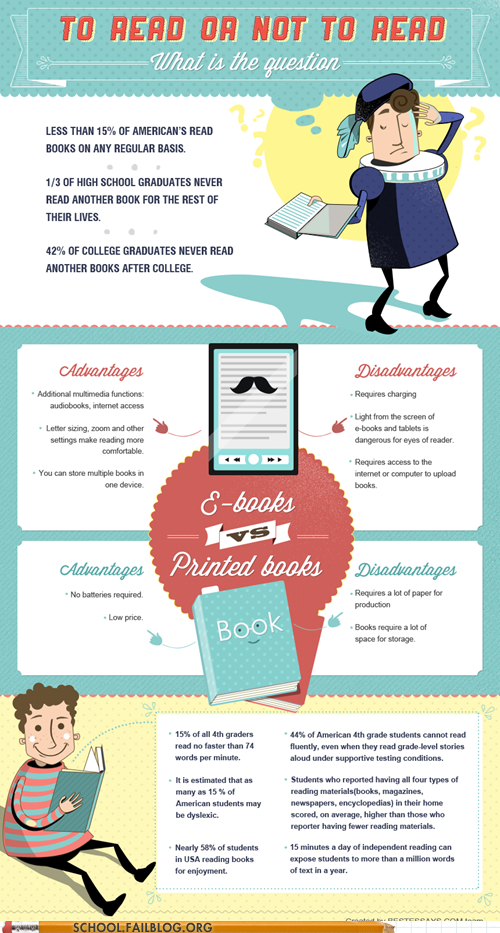 I am well aware of the fact that some of my beach reads are probably a fourth grade reading level, with a Guided Reading Level of Q, 820L, and DRA of 40. I may not always be challenged as a reader, but it is still fun to sip my trenta Passion Tango unsweetened iced tea and enjoy a book simply for the fun of reading.
I am well aware of the fact that some of my beach reads are probably a fourth grade reading level, with a Guided Reading Level of Q, 820L, and DRA of 40. I may not always be challenged as a reader, but it is still fun to sip my trenta Passion Tango unsweetened iced tea and enjoy a book simply for the fun of reading.
Need some books to practice leveling? Help yourself to 50 Must-Read Books for Beginning Readers, 20 Must-Read Books for First Graders and Second Graders, The Best Chapter Books for Kids: Engaging with Words, and 70 Must-Read Books for 3rd Graders.
Read speed test. Online simulator for developing reading speed and awareness skills in 2021!
Reading speed is an important indicator not only for schoolchildren, who regularly check it. It is very important for an adult in the modern world to be able to navigate in huge flows of information. A reading speed test will help you determine your current level and see if you need to work on improving this skill or if you are reading fluently enough.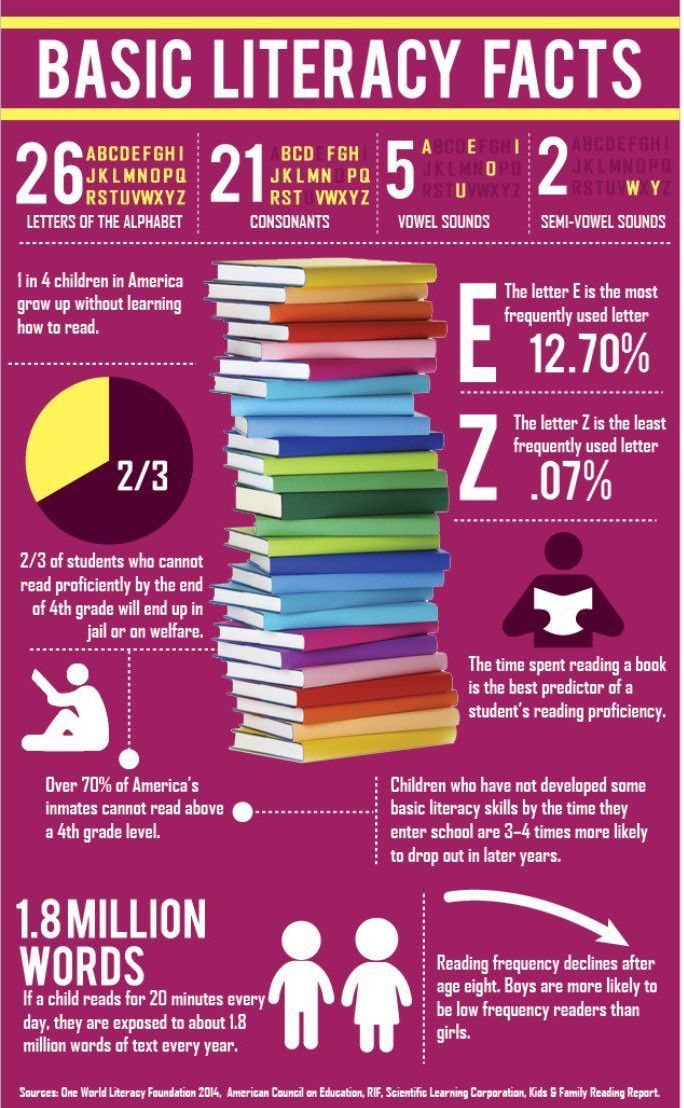
Content
1. How to check reading speed?
2. How can I check my reading speed myself?
3. How to test a child's reading speed?
4. What reading speed is considered normal for adults and children?
5. How to choose the right text to test reading speed?
6. The book "Everything you wanted to know about speed reading, but were afraid to ask"
How to check reading speed? nine0029
The easiest way is to take a stopwatch (you can use the application on your phone), a text to check your reading speed and read it at a normal pace for one minute. It is important that the text is non-technical, does not contain highly specialized terms and concepts, and is not familiar to the reader. The text should not be too primitive. The testee must see the text for the first time so that the results are not artificially inflated.
But what do you care about speed, if you don't understand with what awareness you absorb the text? :) nine0003
A much better way to find out your reading speed is to take a free online test.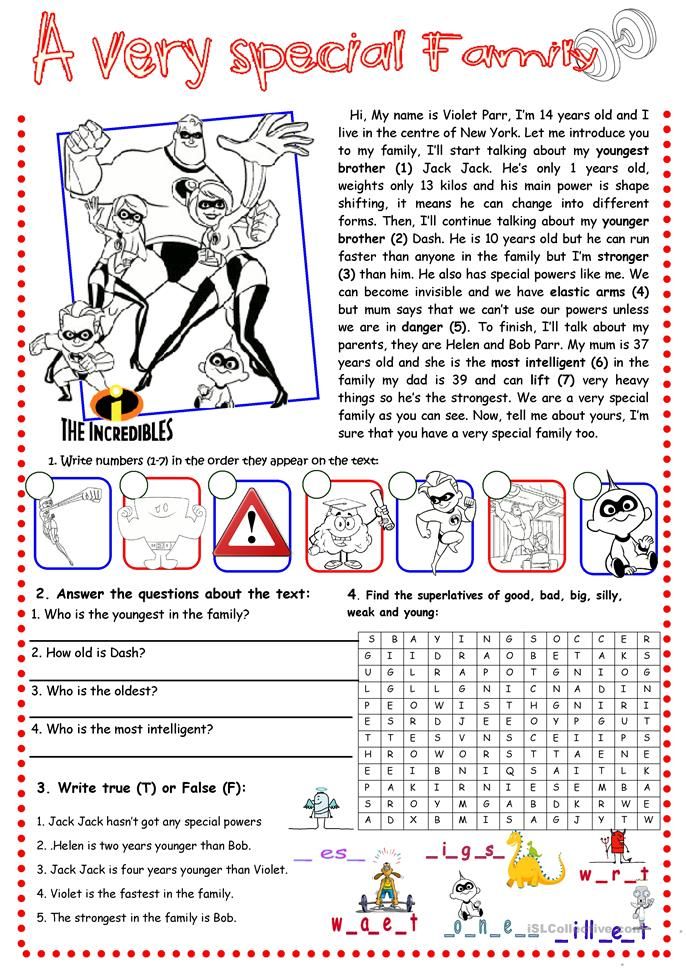 To do this, sit back, enter your name in the form above, press the button and you will immediately see the text that you need to read, slowly, trying to understand everything that is written.
To do this, sit back, enter your name in the form above, press the button and you will immediately see the text that you need to read, slowly, trying to understand everything that is written.
When the entire text is read - click on the button at the very bottom. The program will automatically determine the reading speed and prompt you to answer a few questions to understand the degree of assimilation of the material. As a result of testing, you will receive not only the result of your reading speed and awareness, but also recommendations for improving your reading technique in the format of the book "Everything you wanted to know about speed reading, but were afraid to ask." Enter a name. Click the button and find out your real reading speed. Have a good day. nine0003
How can I test my reading speed myself?
We have prepared for you a tool with which you can independently check the speed of reading. Our tool include a certain amount of text that you need to read as quickly as possible.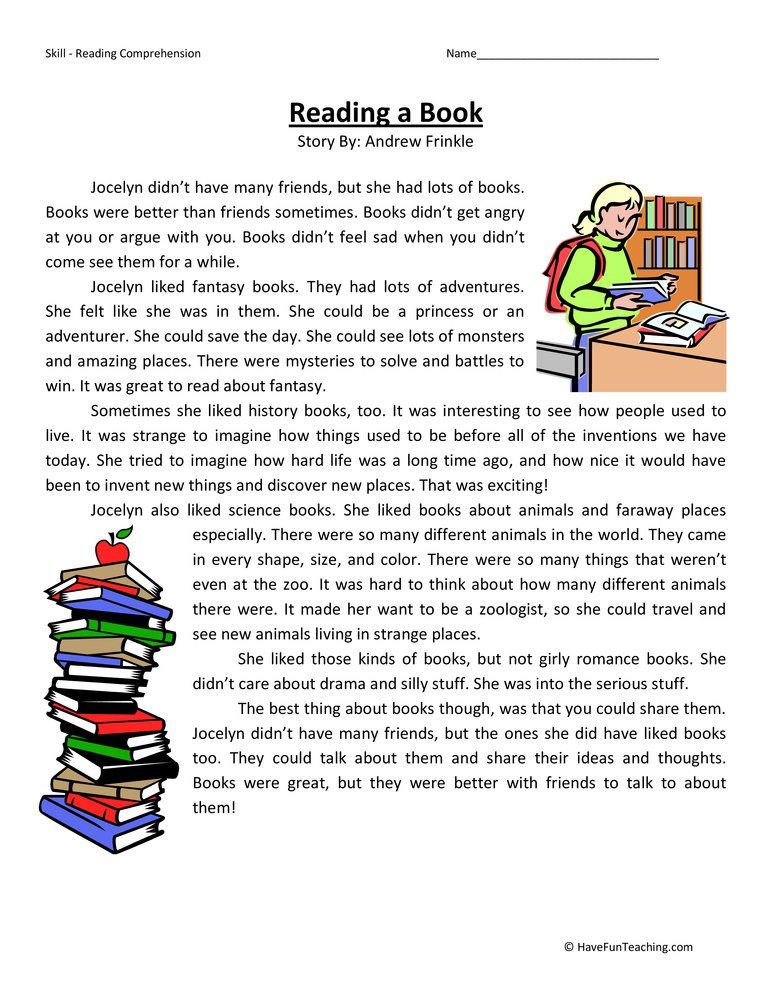 You will then have the opportunity to answer a series of questions about the text, allowing the program to determine your level of understanding. Based on the data received, a result and a certificate are issued. This certificate can be shared with your friends on social networks and challenge them to a battle to test the speed and awareness of reading :). nine0003
You will then have the opportunity to answer a series of questions about the text, allowing the program to determine your level of understanding. Based on the data received, a result and a certificate are issued. This certificate can be shared with your friends on social networks and challenge them to a battle to test the speed and awareness of reading :). nine0003
If you want to do it yourself, you can do it according to the following scenario. A text of medium complexity is taken, located on one sheet. You will need an assistant who will keep track of the time and will be able to test the level of your understanding of the information. Check algorithm:
Simultaneously with the start command and the start of the stopwatch, you begin to silently read the text.
When the text is finished, you say stop - time stops.
Then you need to answer a few questions regarding the content (reading speed implies a full reading comprehension). nine0003
The last step is to count the words in the text and determine the average number of words per minute (words in the text can be counted before reading).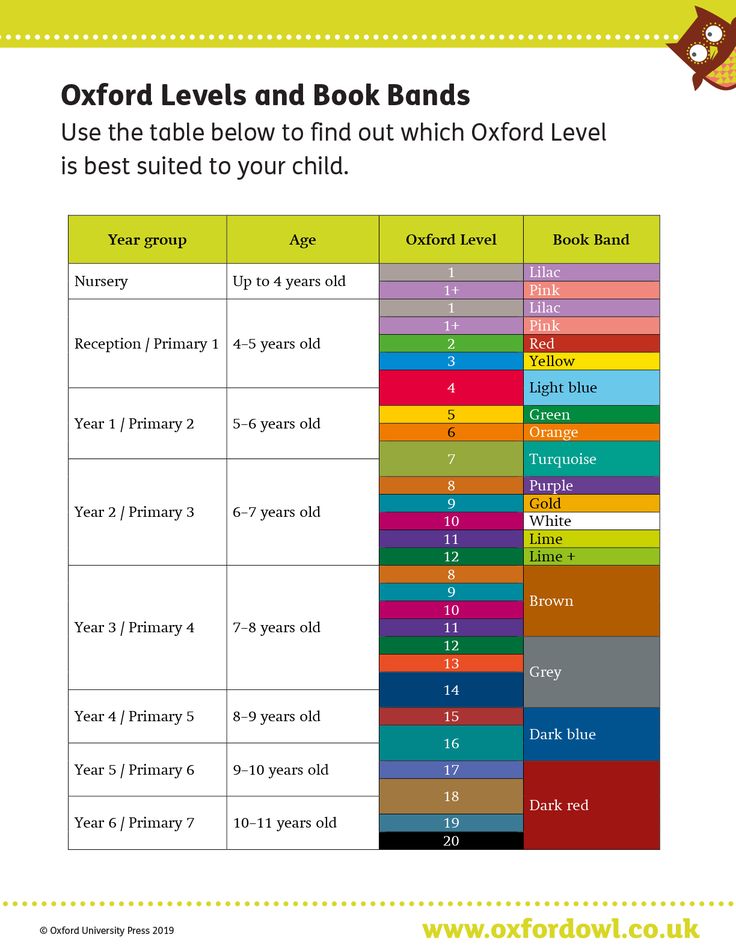
This is the certificate you can get based on the results of passing the test
How to check the reading speed of a child?
A child's reading speed can be tested in a similar way. The child should read aloud, at least in elementary school. Then you can switch to the usual way of checking for adults. nine0003
Schools often test reading skills by counting the number of words read per minute. This gives a small error, since words come in different sizes, but a similar verification method can also be used.
What reading speed is considered normal for adults and children?
The average reading speed for an adult is 200-230 words per minute. Below average, but an acceptable rate is 150-200 words per minute. Adults who read more than 230 words per minute are considered fast readers. For the speed reading technique, the optimal speed is 350-400 words per minute. nine0003
In children, the indicators are dynamic and change depending on age. Approximate norms used in elementary school:
Approximate norms used in elementary school:
20-30 words per minute for first grade;
45-60 words per minute for second grade;
70-85 words per minute for third grade;
90-125 words per minute for fourth grade.
How to choose the right text to test reading speed?
The criteria for selecting text to test reading speed are identical for adults and children. The only difference is the volume and complexity of the information. The text must match the following parameters: nine0003
medium difficulty appropriate for age;
the absence of specific unfamiliar words or their minimum number;
no dialogs;
location on one page;
large, comfortable to read font;
lack of pictures and other distracting elements.
In our tool for testing reading speed and comprehension, we tried to take into account all these factors so that the resulting tool would be convenient for both adults and children. At the same time, he gave a fairly clear answer to the question about the real reading speed. nine0003
nine0003
It should be remembered that reading speed is a variable parameter, which decreases if a person rarely sits down at a book, and increases with constant reading. There are many special techniques aimed at significantly increasing the speed of reading text information.
Everything you wanted to know about speed reading but were afraid to ask test. So don't waste a second,
go back to the very top of the page and go take the test!Reading speed test online is simple, convenient and fast
We have already written so much here about how to correctly measure your reading speed, achieve awareness and interpret the results, that every second of delay before you pass the online reading speed test and receive a personal certificate is just like death. Return to the very beginning of the page, enter your name in the field under the video and go to the enchanting world of unfamiliar texts and tricky questions :). nine0003
📖 Reading speed Q&A section
📕 What formula is used to calculate reading speed?
If it’s very short, then the formula for calculating the reading speed is as follows: V = (Q / T) x K. This formula allows you to get a real figure for reading speed with a correlation to the coefficient of meaningfulness. You can read more about the formula here in this article .
This formula allows you to get a real figure for reading speed with a correlation to the coefficient of meaningfulness. You can read more about the formula here in this article .
📗 What books do you recommend reading to develop speed reading? nine0006
We have compiled a list of the most useful books for the development of speed reading and posted it in a separate post on the blog. The list is constantly updated and gives an idea of the main books with which you can develop speed reading skills.
📘 What if I want to increase my reading speed?
You can start by learning the theory, or you can download our workbooks , which we have created especially for those who who wants to start learning speed reading. There are two of them: one notebook for adults, the second for children. Contains some theory and practical exercises designed for several weeks of regular classes.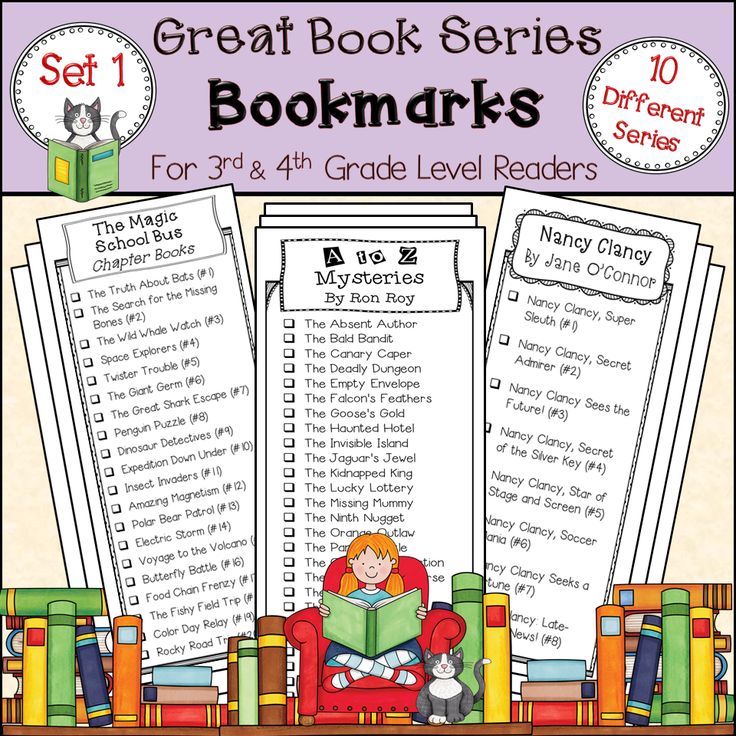 nine0003
nine0003
📙 How to check a child's reading speed?
The reading speed test, which is located on our website, is suitable for both adults, as well as for children. We specifically tried to choose mostly literary texts that will be easy to read. to understand the child. Just go to the reading speed test page from the link above, enter child's name and start reading. Then the program will do everything for you.
📔 I want to check my reading speed online for free. How to do it? nine0006
Easier nowhere. The tool, which is located at https://bukva.info/rapid/ , was created just for this. You just enter your name, read the text and answer the questions. The program monitors the speed of your reading and its meaningfulness. After answering the questions, you will receive a certificate with your result. The certificate can be shared with friends in social networks :).
📓 What is the "Read Fast" project?
Read Fast is a project dedicated to the problem of fast and conscious reading. We believe that you can read 3-4 times faster. However, the quality of memory reading material will only increase. Let's try together :). nine0003
Did you know that there are useful reading techniques?
Meet the book "by clothes"! Rating, reviewing and swiping to increase the speed of reading text. Relevant for students.
English level test
Find out your level, get study tips and a promo code for English lessons as a gift
Alternatives to traditional reading techniques
Millions of people read books, magazines and newspapers every day. However, few people know about the existence of special reading techniques. These useful tricks, let's call them reading techniques can save you a lot of time and help you better understand what you read!
Since we are talking more about reading in universities, it is important to know that there are different reading techniques and it is up to you to decide which one is better to use when reading a particular book.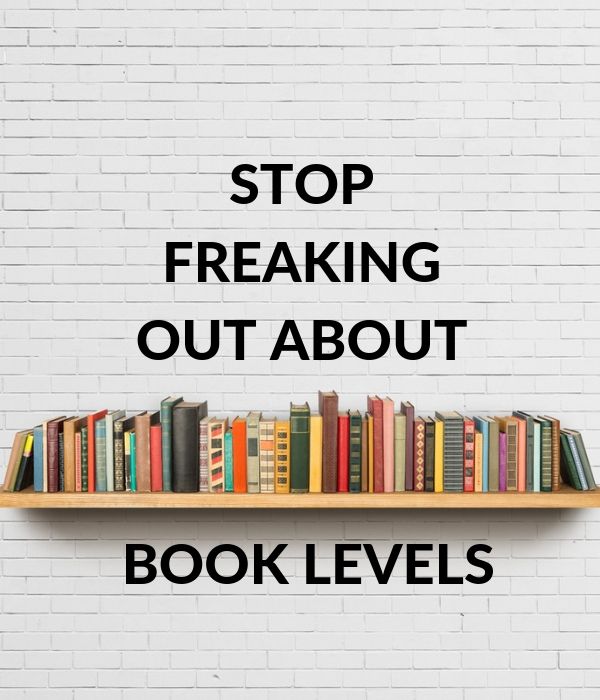
Everyone is used to the fact that, having picked up a study guide, you start reading it from the very beginning sentence by sentence. Having met an unfamiliar word, you are not too lazy to look into the dictionary in search of a translation. This approach to reading is known and familiar to everyone, but it is very time consuming! Let's see what other reading techniques exist, for example, educational literature in universities. nine0003
Demo lesson for free and without registration!
Take a class, learn about the school and get a promotional code for English classes
At a glance - inspect and evaluate the book from the outside
searched! Imagine that you are about to move to another house or buy a new car and went to see and evaluate a potential purchase. Now ask yourself, what is the first thing you do when you get there? nine0003
Most likely, you will first inspect the house or car outside in order to make sure that this is what you really wanted to get ? You will bypass a potential purchase and look at from all sides to understand whether a house or a car meets all your needs.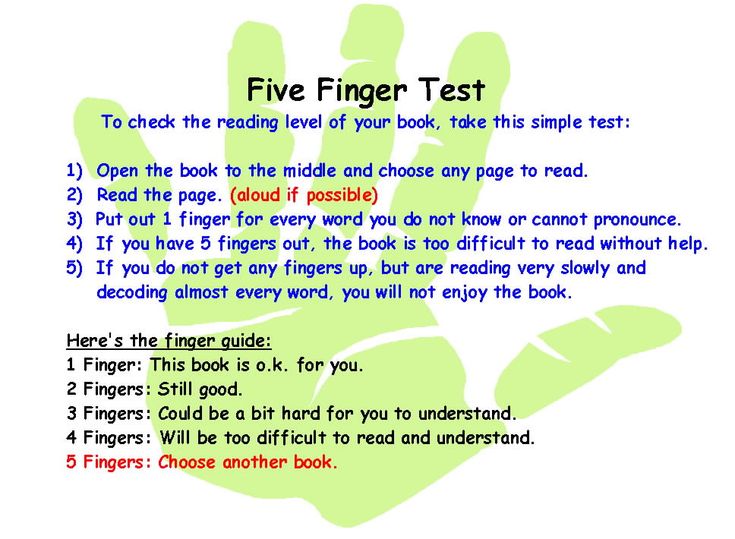 After making sure that everything outside suits you, you will begin to carefully examine what is inside.
After making sure that everything outside suits you, you will begin to carefully examine what is inside.
You should approach the choice of educational literature in a similar way: before you start studying a textbook, you should make sure that this is the textbook that you need?! nine0003
In this case, the phrase from example "go around and look from all sides" will help as well as possible.
Pay special attention to the title of the study guide, the name of its author and the year of publication. Does the title correspond to the topic of your research, is the author an authority (pun intended!) in this subject area, is the edition too ancient to fall into your hands?
This can be called a preliminary assessment before actually reading the book. Evaluated, found what you were looking for? Then let's move on! nine0003
Skim the text
So, let's say that you found the very study guide you were looking for.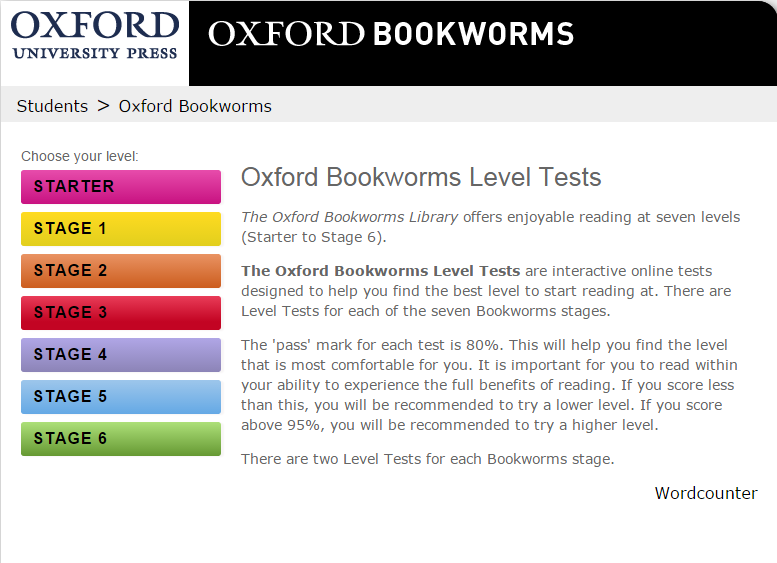 Open it and start quick browsing contents. Search with your eyes keywords , phrases and information that is of particular interest to you. After reviewing the text in this way, you will be able to understand whether it is relevant to the topic that you need.
Open it and start quick browsing contents. Search with your eyes keywords , phrases and information that is of particular interest to you. After reviewing the text in this way, you will be able to understand whether it is relevant to the topic that you need.
Scroll text
Scroll of text is essentially a very fast scan of , and is useful to those that can give you an overall impression of the content of the text. When scrolling, read only paragraph headings and subheadings, and the first sentence in a paragraph.
The ability to evaluate literature (title, author, year of publication), as well as browsing and scrolling, are very valuable reading skills. These text processing techniques will be especially useful for those who study English at home on their own, as well as for those who take English courses online via Skype or study individually with a native speaker.

